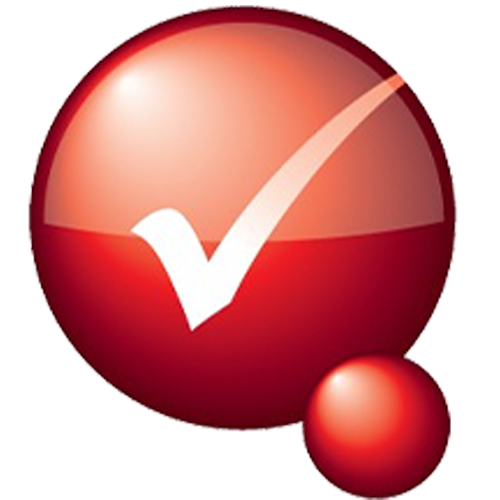In February 2021, a warehouse facility worker was seriously injured when several pallets fell onto the forklift he was operating.
Initial enquiries indicate he was using the forklift to place a stack of pallets onto storage racking when for reasons yet to be established the pallets fell and landed on the forklift’s overhead protection cage but also struck the back of his head. Investigations are continuing. These are not confirmed and investigations are ongoing to find the root cause.
WHS Issues
In warehouses, factories and other workplaces, forklifts are used to lift, stack and transfer loads. While forklifts are a practical materials-handling solution for many businesses, each year they are involved in many workplace deaths and injuries.
Hazards associated with forklifts include those arising from:
power sources - electrical, hydraulic and mechanical
its load-carrying capacity
the type of loads being lifted and moved
the size of the operating area and the slope or evenness of the ground
blind spots created by the mast and other parts of the forklift.
instability – for example, carrying an unevenly balanced load; braking too quickly with a load; braking or accelerating while cornering; or striking low doors or overhead structures.
To learn more about the WHS risks of forklifts and falling objects, visit the Worksafe QLD website here.






